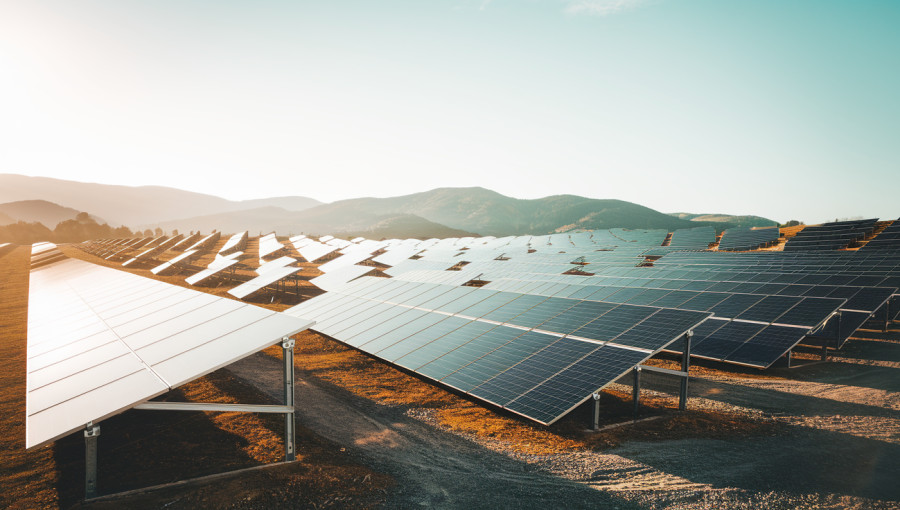The language of the text is English.
According to a recent report from the International Energy Agency, the world is set to exponentially increase its renewable energy capacity, with approximately 4,600 gigawatts projected to be built between 2025 and 2030. This growth is largely driven by solar energy, which is expected to represent over 75% of the increase. While solar installations will occur both on utility-scale and distributed levels, the growth of renewables as a whole still falls short of international climate goals set at COP28.
The anticipated surge in renewable energy capacity highlights a significant shift in global energy production, particularly as the world transitions away from fossil fuels. The IEA forecasts that over the next five years, solar power will lead this expansion, largely due to falling equipment costs and strong regulatory support. Both utility-scale solar farms and distributed projects—like rooftop panels—will contribute to this growth, with projections suggesting over 2 terawatts of large installations and 1.5 terawatts from smaller-scale initiatives.
Solar dominance is evident, but the report notes growing efforts in other clean energy sectors as well. Onshore wind capacity is projected to increase substantially, jumping from 505 gigawatts in the previous five years to 732 gigawatts. Offshore wind is expected to more than double its contribution, rising from 60 gigawatts to around 140 gigawatts. Meanwhile, hydropower may recover slightly but will not reach the expansion rates seen in earlier years.
Despite these advancements, renewable energy growth still faces challenges. Experts have pointed out that the sector is not on track to triple its capacity by the end of the decade, a target emphasized during COP28. As leaders prepare to gather for COP30 in Brazil, the IEA report serves as a reminder of the ongoing efforts needed to meet climate commitments and accelerate the transition to sustainable energy sources.

